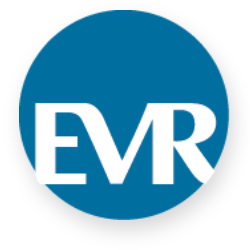Programmatic. A word you may hear as a healthcare marketer—but are you confident in its meaning?
Programmatic media buying utilizes software to automate the buying and selling of digital advertising inventory. In laymen’s terms, while traditional media buying utilizes person-to-person requests for proposals, quotes and negotiation, programmatic buying uses algorithmic software to buy and sell digital ad placements. Media is purchased through an exchange or platform and uses data available from a variety of sources to create targeting based on consumer behaviors, purchase histories and interests.
The beauty of programmatic? Its ability to find relevant content for unique users and serve advertisements where and when a consumer is most likely to convert.
According to eMarketer, 95% of Internet users can be reached via programmatic buys. So how can it help you as a healthcare marketer?
Geotargeting/Geofencing
Geotargeting allows you to serve healthcare marketing content to consumers based on their geographic location. With programmatic buying, you can target potential customers near your hospital, your competition’s footprint or anyone who has visited locally by city, state or zip code. And with the ability to serve hyper-targeted ads in real time through programmatic, a geofence will allow you to find and segment local audiences and serve ads to those most likely to convert while also complying with HIPAA and other patient privacy guidelines.
Behavioral Targeting
Perhaps one of the biggest benefits of programmatic advertising for healthcare is that you can layer in behavioral targeting. This means that you can specifically tailor your ad to only be served to people who have searched for content related to services you provide or conditions you treat.
Custom Segments
While advertising can serve many objectives, the ultimate goal is to get a consumer to purchase your product or service, whether that be now or in the future. Programmatic ads target intent-based audiences using probabilistic data, omitting details related to personal healthcare.
Dynamic Retargeting
With dynamic retargeting, you’re able to serve ads with personalized content to customers who have visited your website. This allows you to reach consumers who may be further down the funnel than those who have not yet taken any awareness- or intent-based actions.
Third-Party Targeting
Ad buying becomes a more seamless process when you’re able to leverage HIPAA-compliant third-party data to effectively scale campaigns and access a robust pool of potential customers.
How to Get Started
As with any campaign, the first step to getting started with programmatic for your healthcare organization is to establish measurable key performance indicators (KPIs). Next, you’ll need to choose your software. Different vendors can help you get started.
Then, you’ll need to work together with your vendor to find the ideal targeting mix. Keep in mind, you don’t want to make your targeting too specific—it will not only significantly diminish the size of your audience, but it will also cost more because smaller audiences tend to have higher average costs, such as CPMs.
Whether you’re thinking of adding programmatic advertising to your current healthcare marketing campaign lineup or looking to hone your overall marketing skills, you can use our Big Book of Digital Marketing to learn more tips, tricks and best practices.











